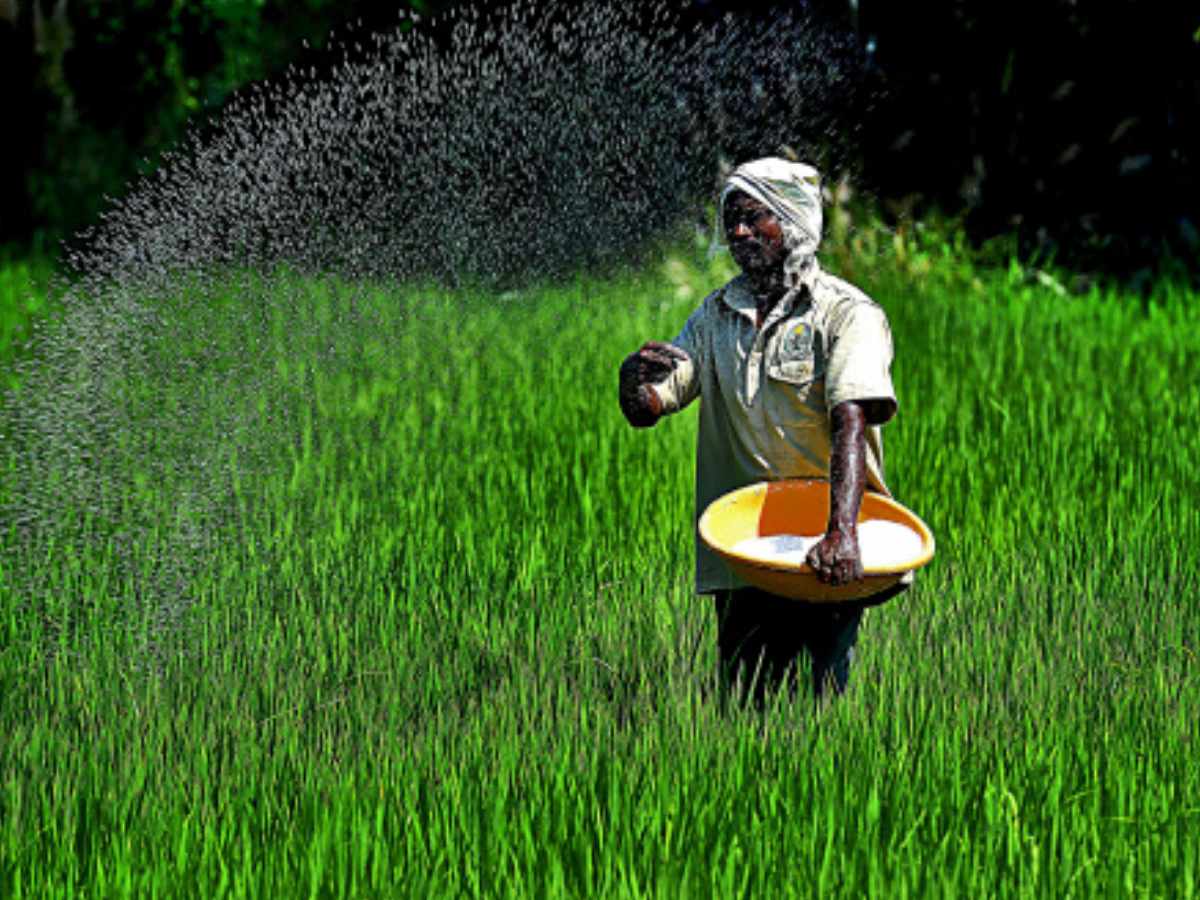Industry might reduce production as well as import of Di-ammonium Phosphate and shift focus towards other grades of phosphatic fertilizers

The production as well as the import of Di-ammonium Phosphate (DAP) in India is set to undergo reduction according to ICRA April 2021 report.
The report predicts a shift in the industry’s focus towards other grades of phosphatic fertilizers in the coming months. As phosphoric acid prices have further increased to $998/MT for Q1 FY2022, with the current retail prices and subsidy rates, the sale of phosphatic fertilizers, particularly DAP is expected to become a loss-making proposition from Q2 FY2022.
Quoting Sabyasachi Majumdar, Group Head & Senior Vice President, ICRA, the report says, “The retail prices in India are a derivative of the subsidy rates announced by the government and the prevailing international prices. With the government keeping the subsidy rates under NBS unchanged for FY2022, there is significant upward pressure on retail prices. In Q1 FY2022, the industry is likely to witness a lower contribution margin on the sale of phosphatic fertilizers as the procurement was done close to $450-460/MT for DAP in Q4 FY2021, which will be sold in Q1 FY2022 and the retail prices will be maintained at the government’s directive.”
The Indian phosphatic fertilizer industry is highly dependent on imports to meet the demand for finished goods as well as raw materials like rock phosphate, phosphoric acid or ammonia, which is entirely imported in the country. International prices for finished fertilizers as well as raw material have witnessed a steep rise, driven by strong demand from key agrarian economies like the US, China, and Brazil as corn and soybean prices have hit multi-year highs, leading to higher sowing and fertilization requirements. Although the demand has increased substantially, the supply side has not been able to keep up, leading to a steep increase in the prices.
The union government’s decisions to keep the subsidy rates under the Nutrient-Based Subsidy scheme unchanged and directives to fertilizer companies to curtail retail price increase are expected to weigh down on industry profitability.
While international prices have witnessed a significant run-up, ICRA expects the international prices to start cooling off from June 2021 as the application season in most of the major economies will be over and the demand is expected to ease out. Additionally, a few of the key raw materials like ammonia, which had witnessed a significant surge in prices due to plant outages, are also expected to moderate and fall in line with their five-year averages. The contracted price for phosphoric acid for Q1 FY2022 has been agreed at $998/MT, which is significantly higher than the Q4 FY2021 price of $795/MT.
The Phosphoric Acid-DAP CFR India spread has increased to $450/MT against the five-year average of $312/MT, which is all the more a reason for the prices to moderate and fall in line with the long-term averages. Thus, in H2 FY2022, the prices are expected to moderate and the pressure on the retail prices is expected to ease out.
As per ICRA’s estimates, the subsidy rate for DAP needs to be revised by at least 40% from the current levels to keep the retail prices in check. The Government could revise the NBS rates upwards for H1 FY2022 and thereafter have a relook at the rates basis the prevailing international prices to manage the subsidy outgo in H2 FY2022.
Additionally, with the steep rise in the retail prices which are currently at Rs. 29,000 to 30,000/MT for DAP, we could see some impact on the demand. Also, with the COVID-19 cases now rising across India and cases being reported from the rural populace as well, the fertilizer offtake could get impacted in case the second wave extends into the sowing season.
While the Government has announced the subsidy rates for phosphatic fertilizers for FY2022 in early April 2022, Prashant Vasisht, Co-Group Head and Vice President, ICRA Ratings feels there is a need to revise the NBS rates factoring in the prevailing international prices.
“Since a steep rise in the retail prices will lead to burdening of the farmers and restraining the rise in retail prices will adversely impact the profitability of the industry, subsidy rates will need an upward revision. While there have been no mid-year revisions of the NBS rates in the past, the same can be reviewed considering the steep rise witnessed in the international prices of finished fertilizers and raw material,” added Vasisht.
Subscribe to our newsletter & stay updated.